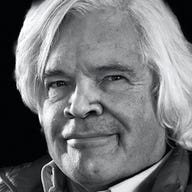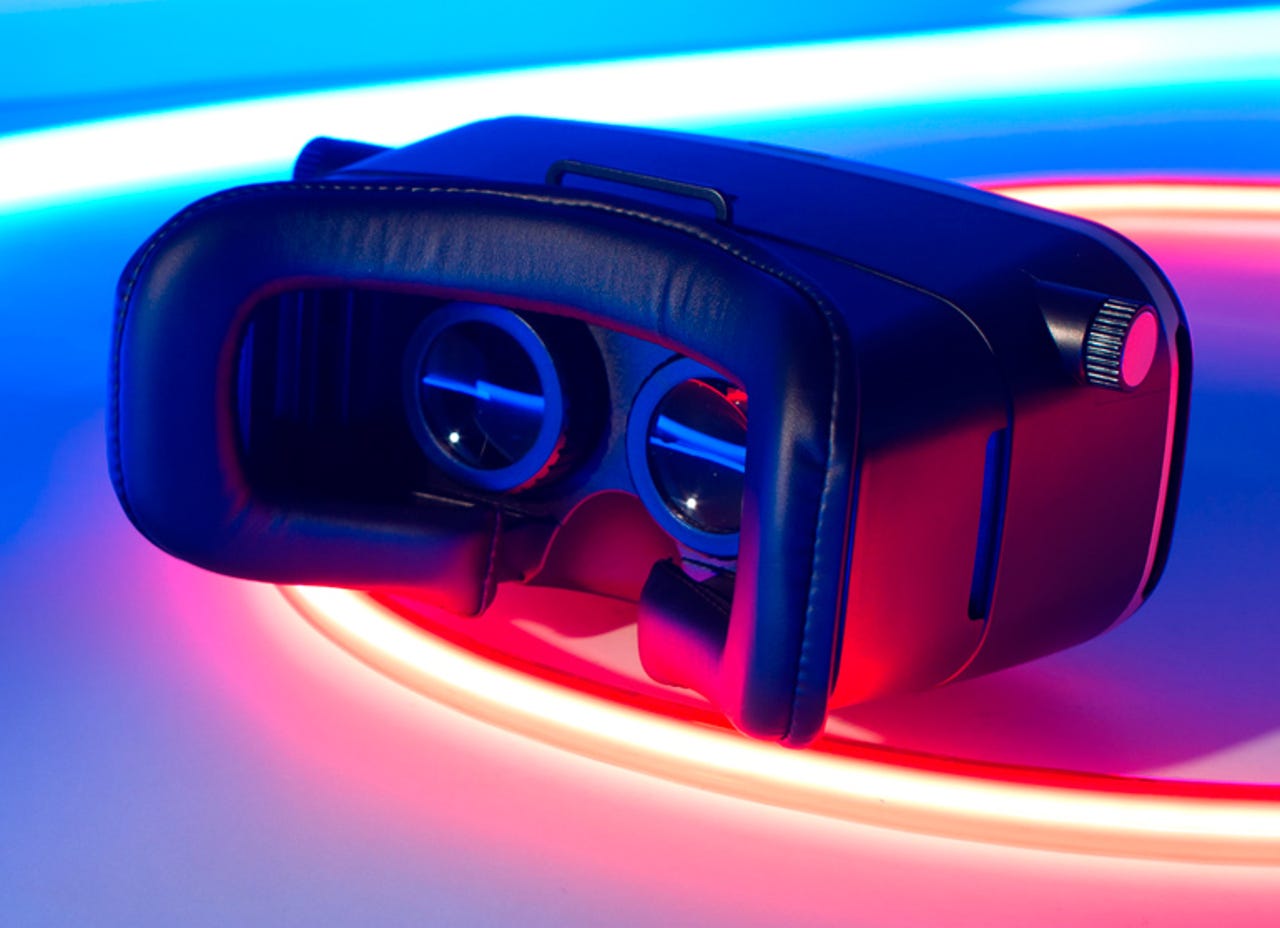How VR will drive storage -- or the reverse


VR headsets are storage hogs. Who knew?
The key to an immersive and non-sickening VR experience are graphics that are detailed and smooth. Today's 1080p systems are OK, but far from ideal. For ideal we have to go to 4k since the displays are so close to our eyes, with none of the frame dropouts or tearing that make people sick. While 4k content requires 4x the storage capacity of 2k (1080) content, it is storage bandwidth that will force costly system upgrades. Let's run the numbers.
The numbers
UHD displays are 3840x2160 or 8,294,400 pixels. Assume every pixel is encoded with 32-bit RGB, so each pair of frames requires 8,294,400 x 32 = 33.2 MB/sec or 32.4MiB/sec.
Let's assume that 4k VR uses the same 90Hz refresh rate as the Oculus Rift and HTC Vive. That means 2 new frames every 11.11ms.
Of course, the system needs some time to render the 4k images. If we allow half the render time (5.6ms) to be given to reading data from storage, we get 500ms to move (90 x 33.2MB = 2.988GB) of content. So we need 5.976GB/sec. Let's call it 6GB/sec of bandwidth.
Rendering detailed 4k images may require more than 5.6ms per frame. In that case, the bandwidth requirement rises. If rendering requires 700ms of every second, then the system has to move 2.988GB in 300ms or 9.9GB/sec.
The problem
While 16 lanes of PCIe 3.0 can easily handle the bandwidth requirement of the latter case, the problem is storage bandwidth. The fastest consumer SSDs today top out at about 3.5GB/sec, so you'd need to stripe two or three of them to handle 4k VR.
Given that fast SSDs aren't cheap, you could easily spend as much on storage bandwidth as you do for the rest of the system. Oddly enough, despite the fact that Rift and Vive only support Windows, it is Apple that is leading the way in high-bandwidth SSDs on notebooks.
The Storage Bits take
While porn drove much of the internet's early commercial development, it looks like VR will drive consumer storage. Assuming, of course, that VR becomes a mass market. If not, storage alone will ensure it remains a niche market.
This post is based on a fine presentation given by Dr. Stephanie Jones of Intel at this week's Non-Volatile Memory Workshop at UCSD. More on the workshop in future posts.
Courteous comments welcome, of course.